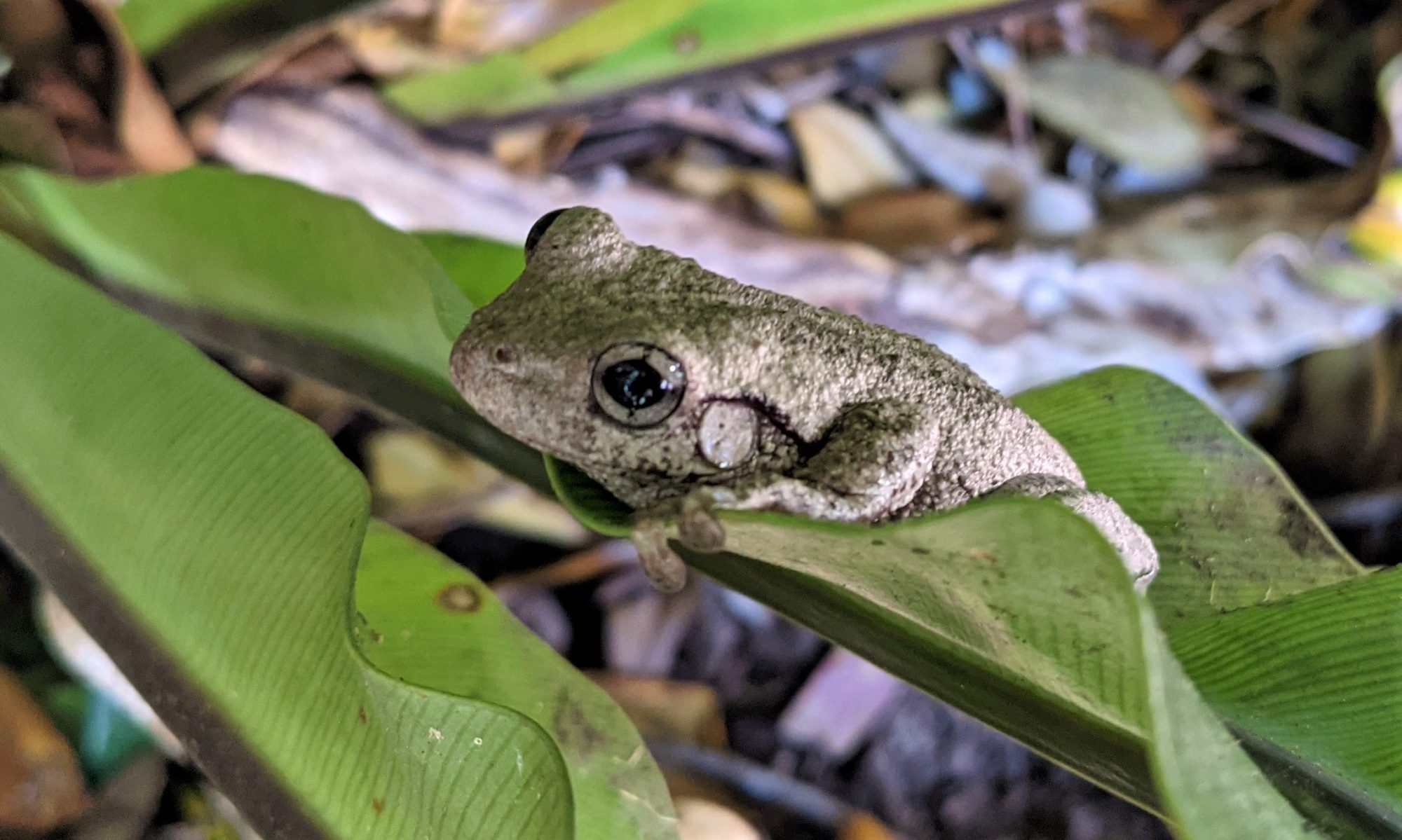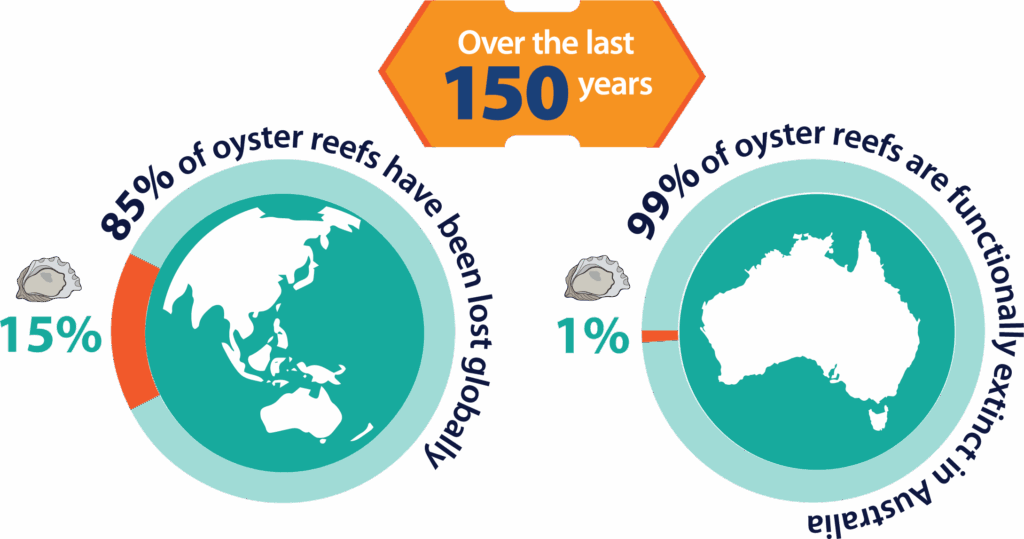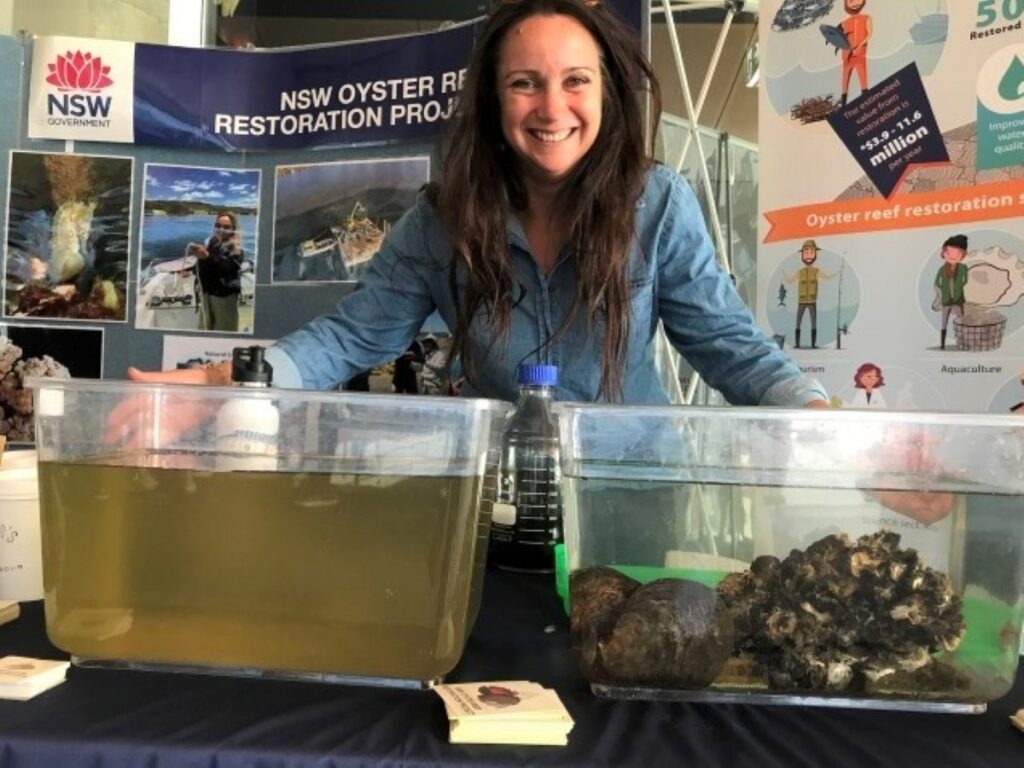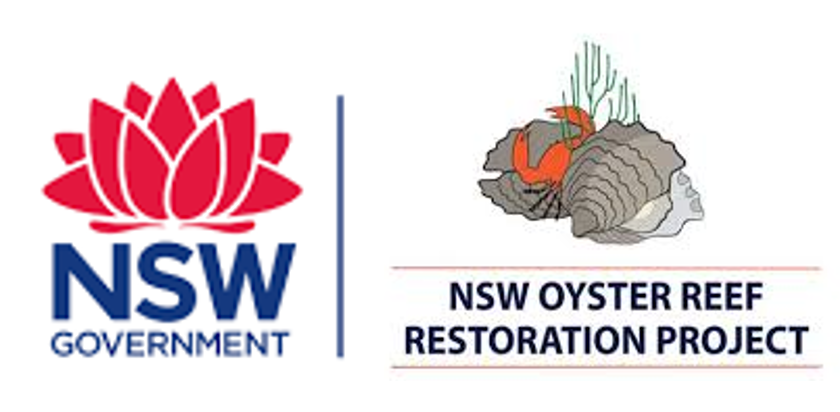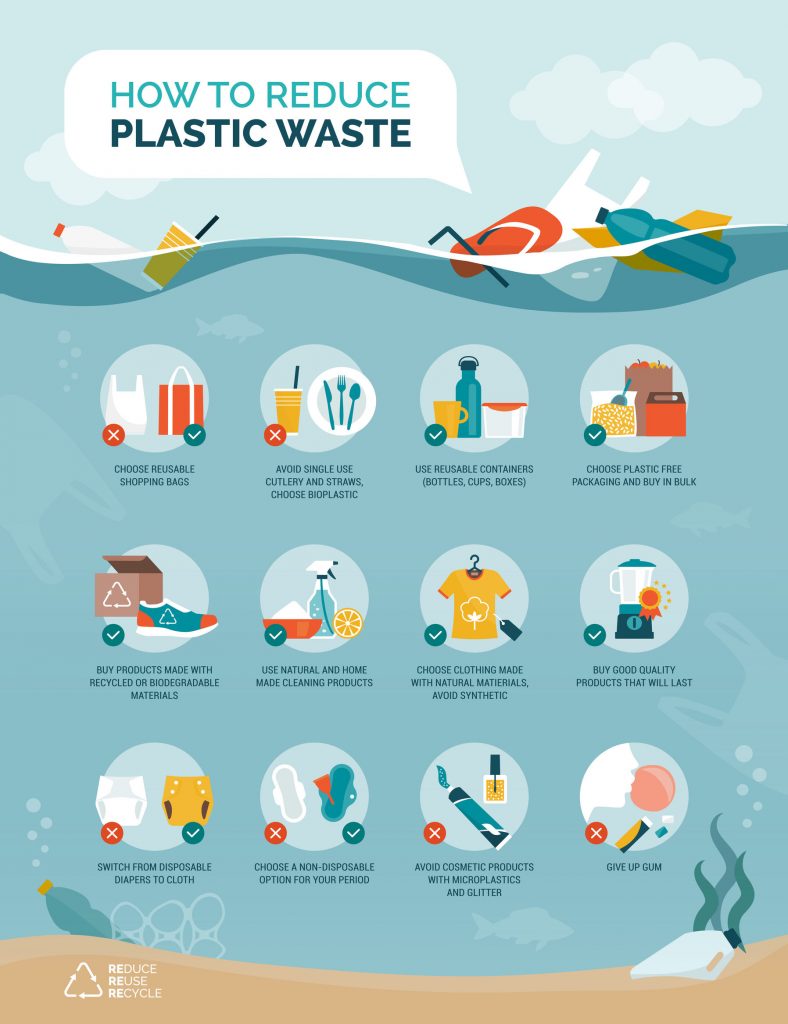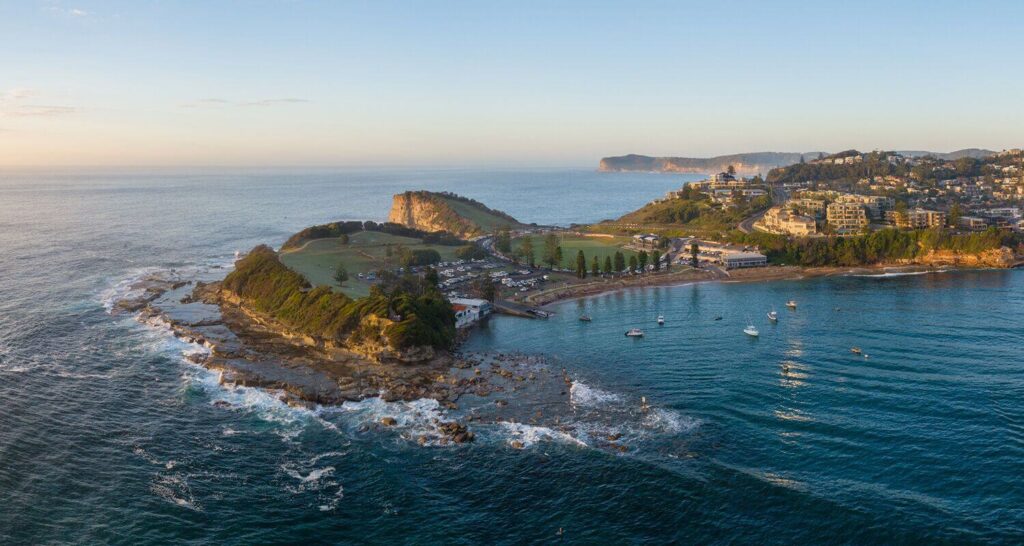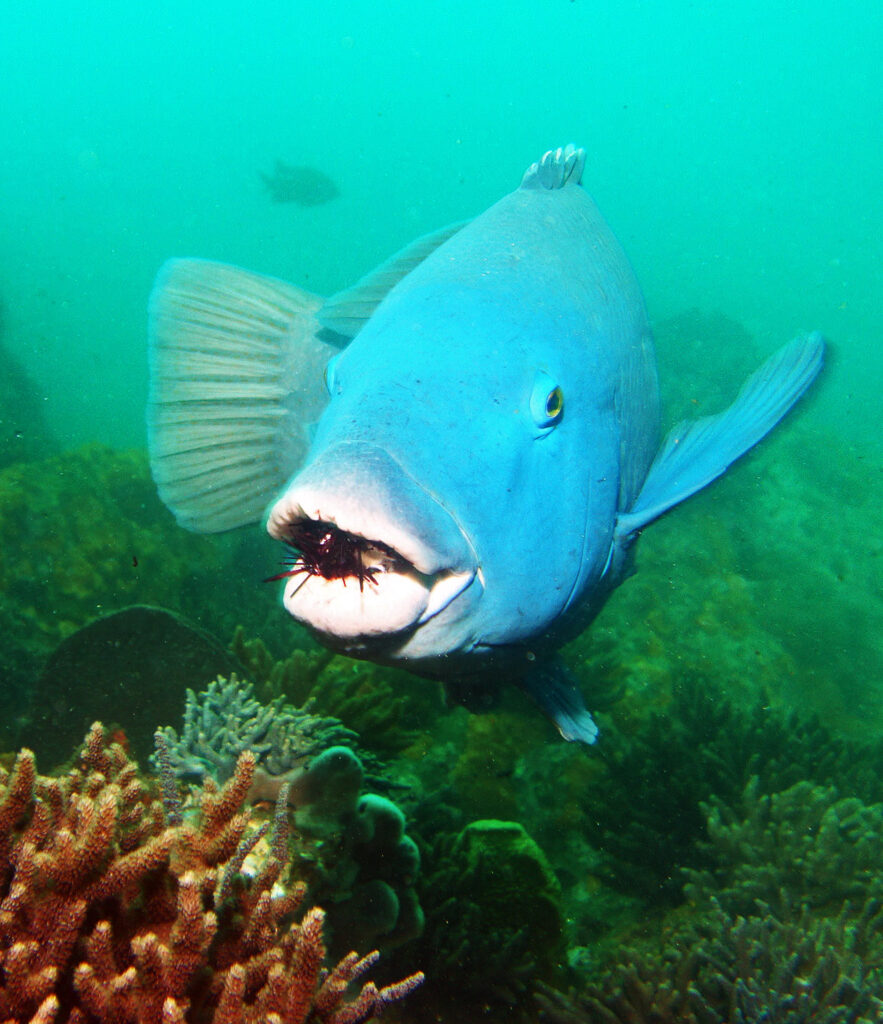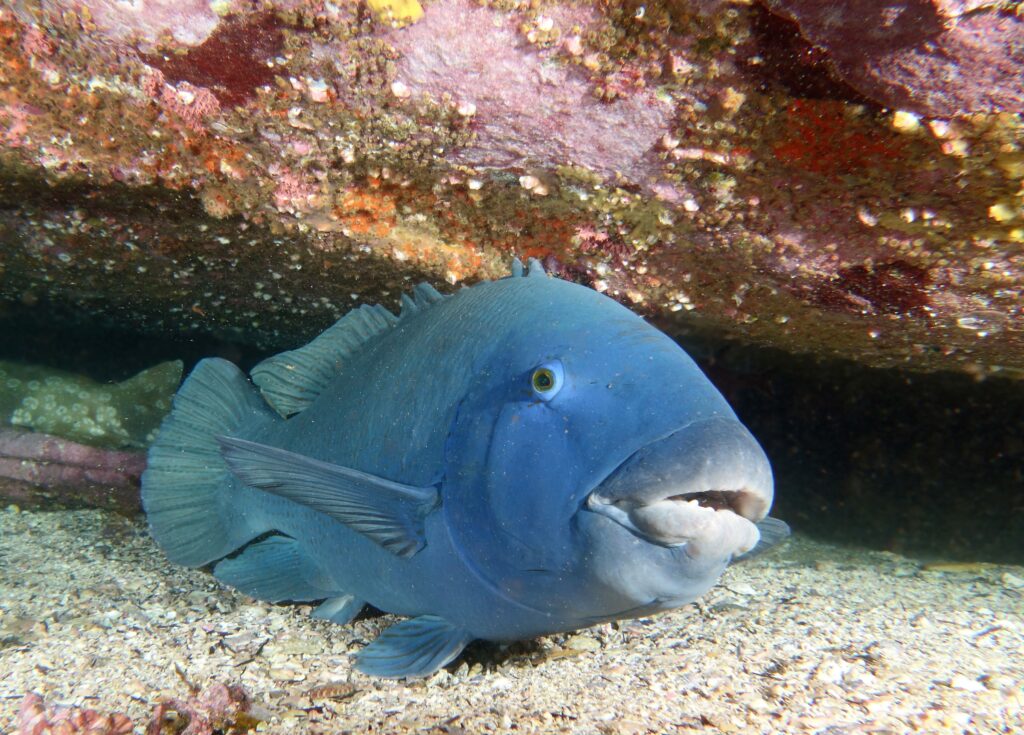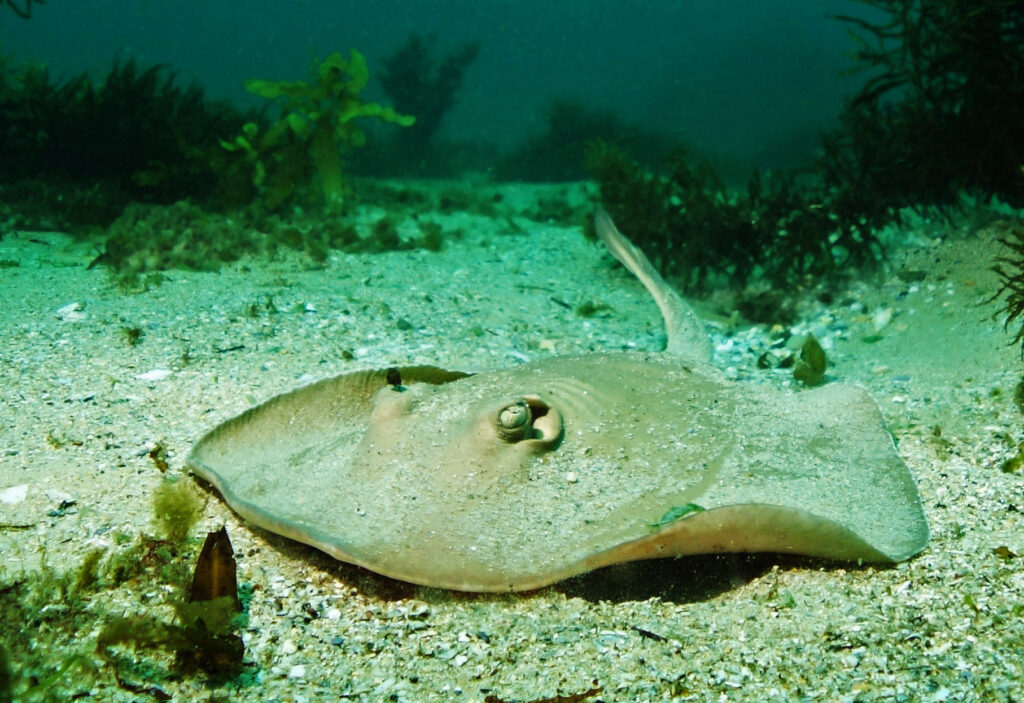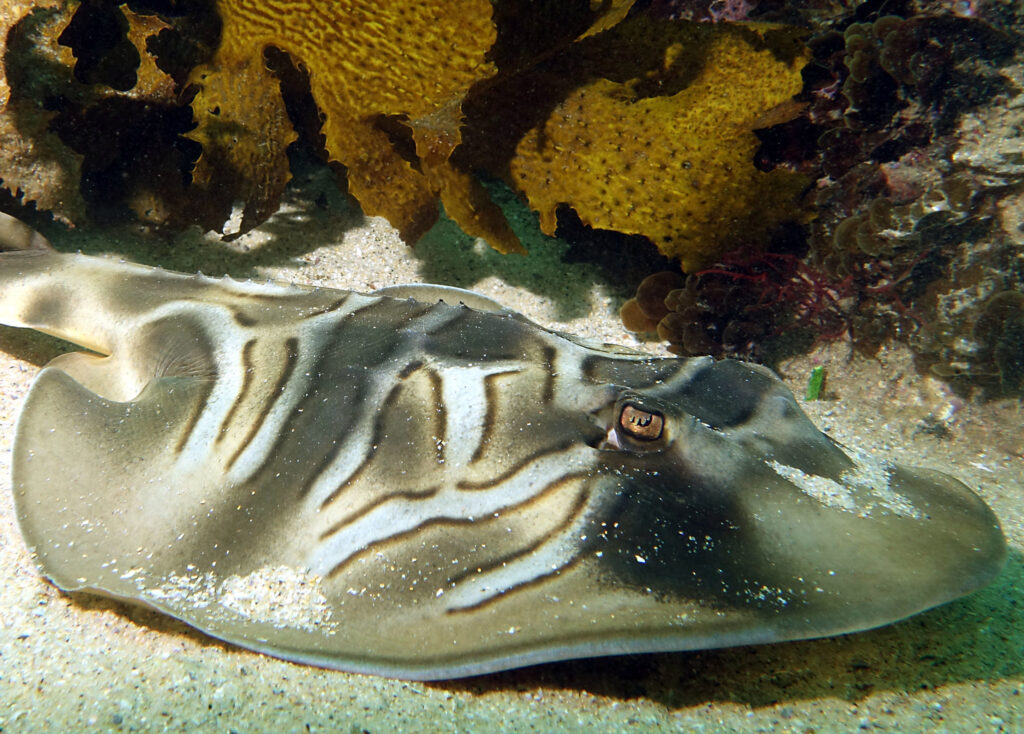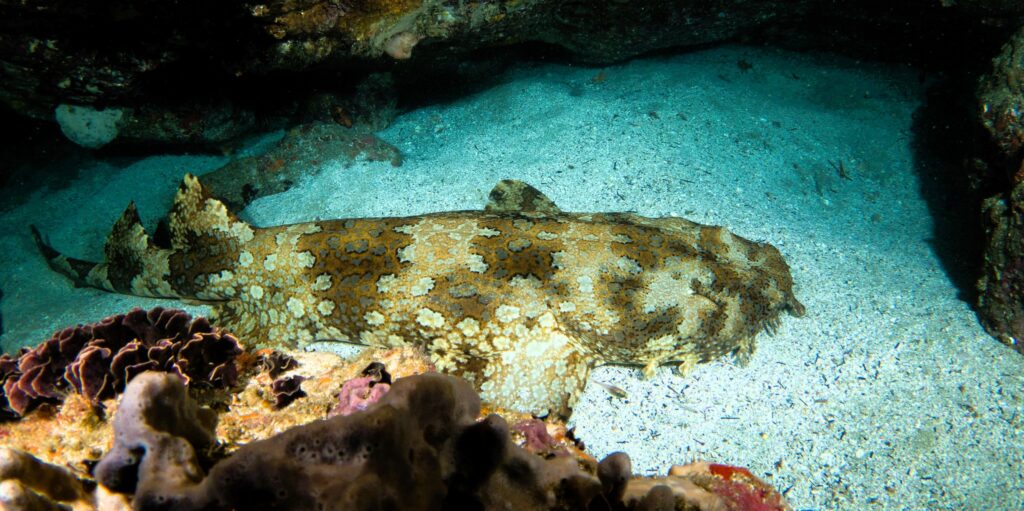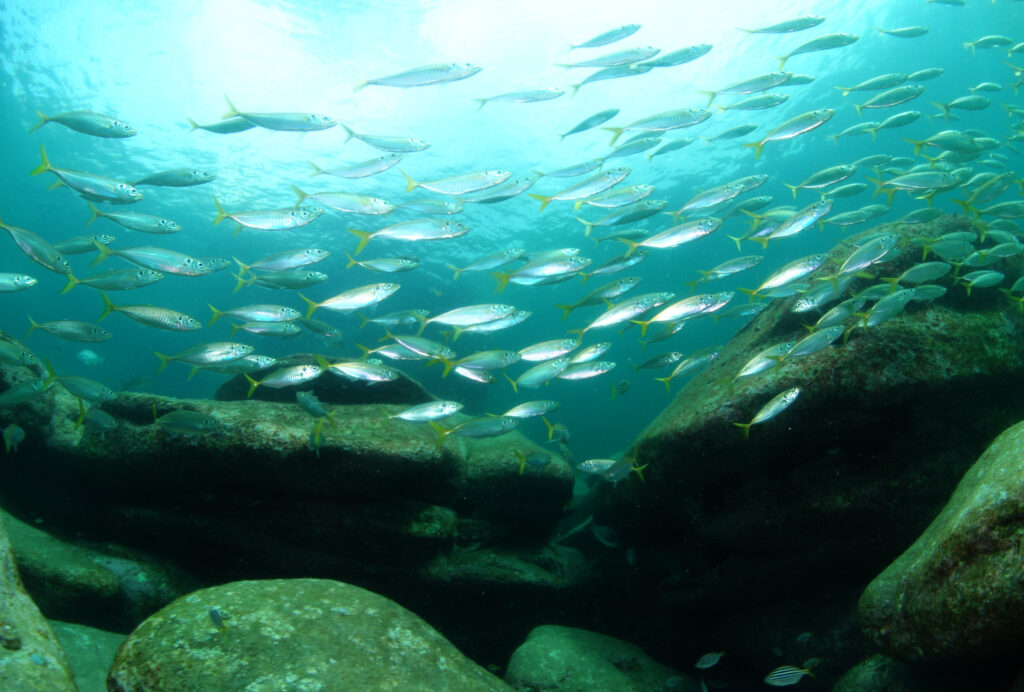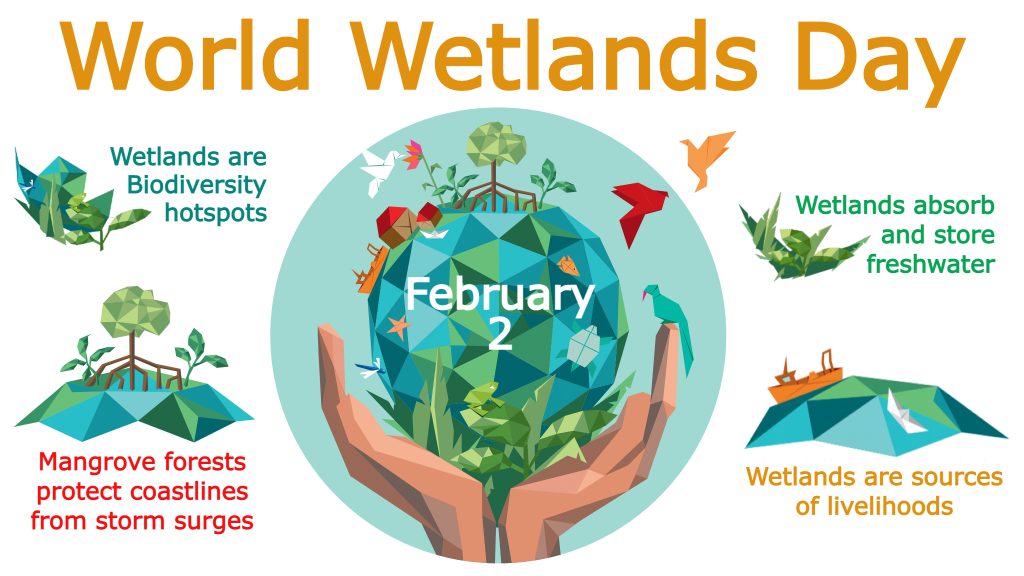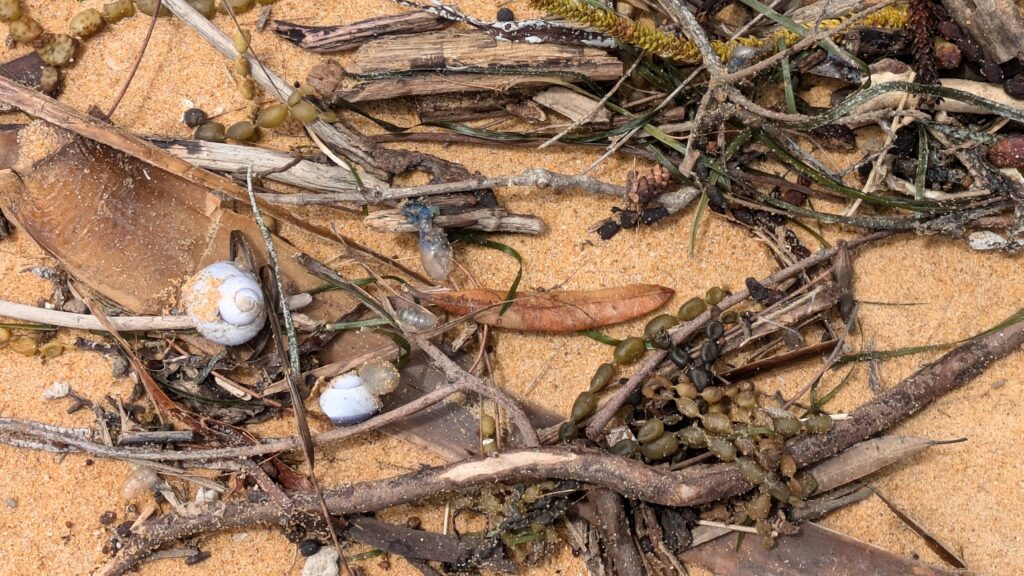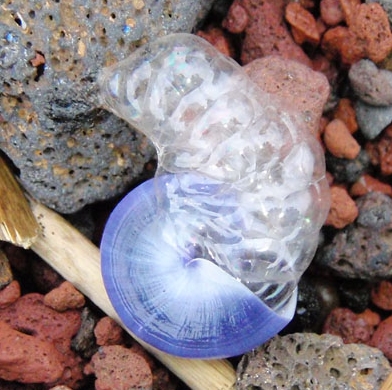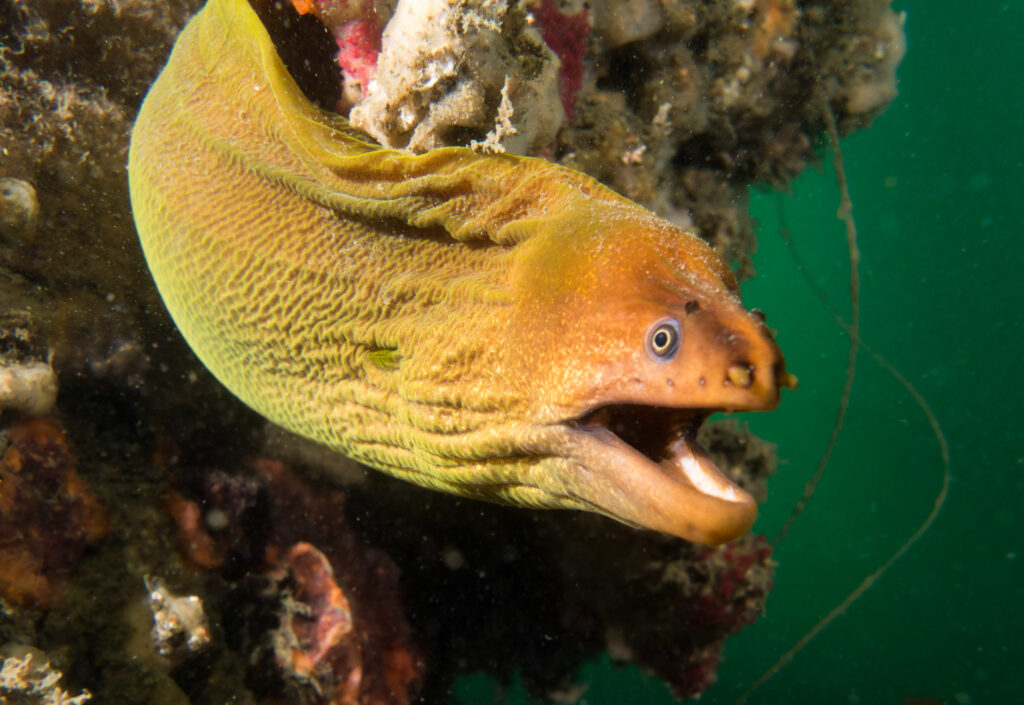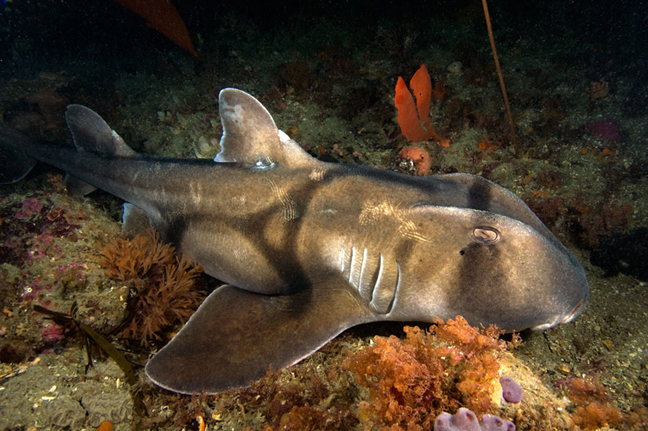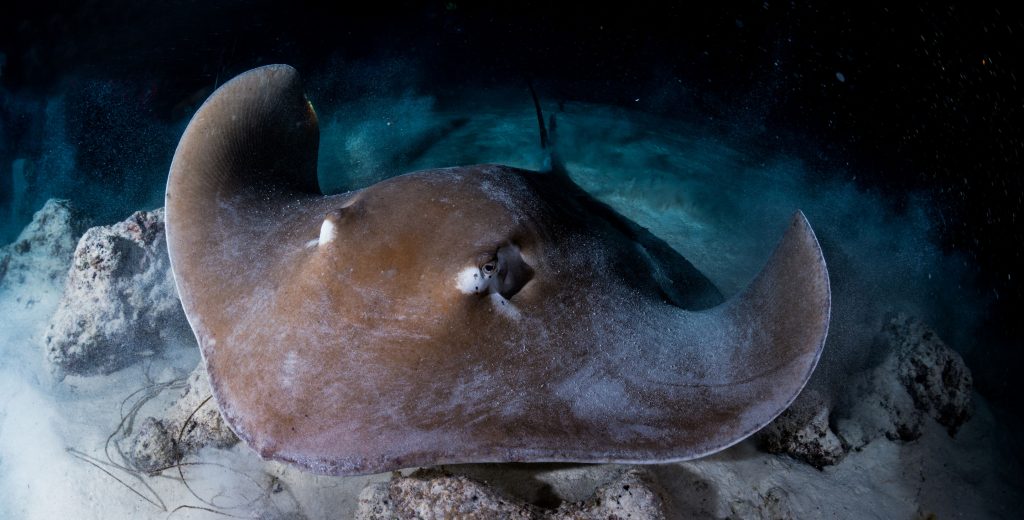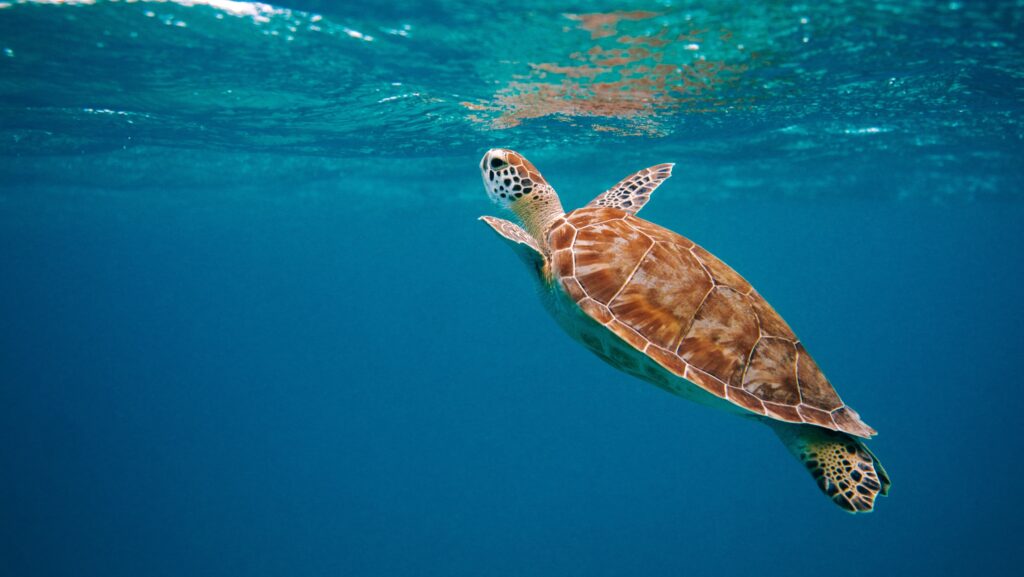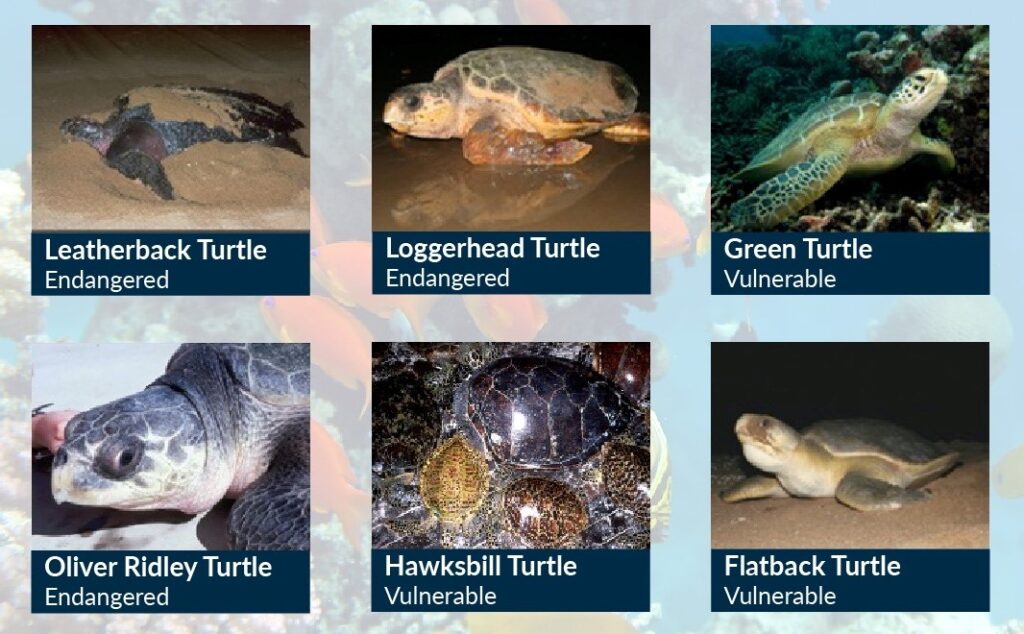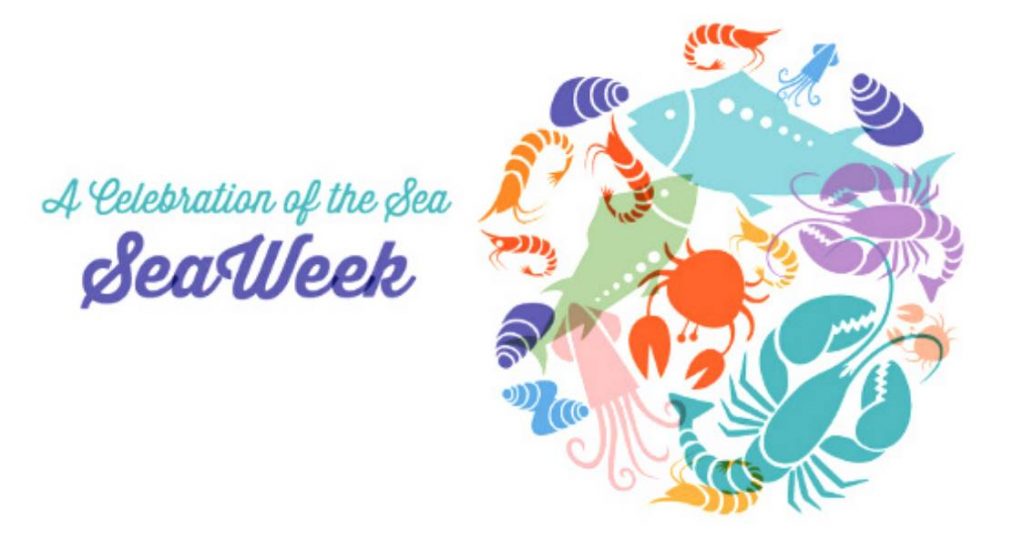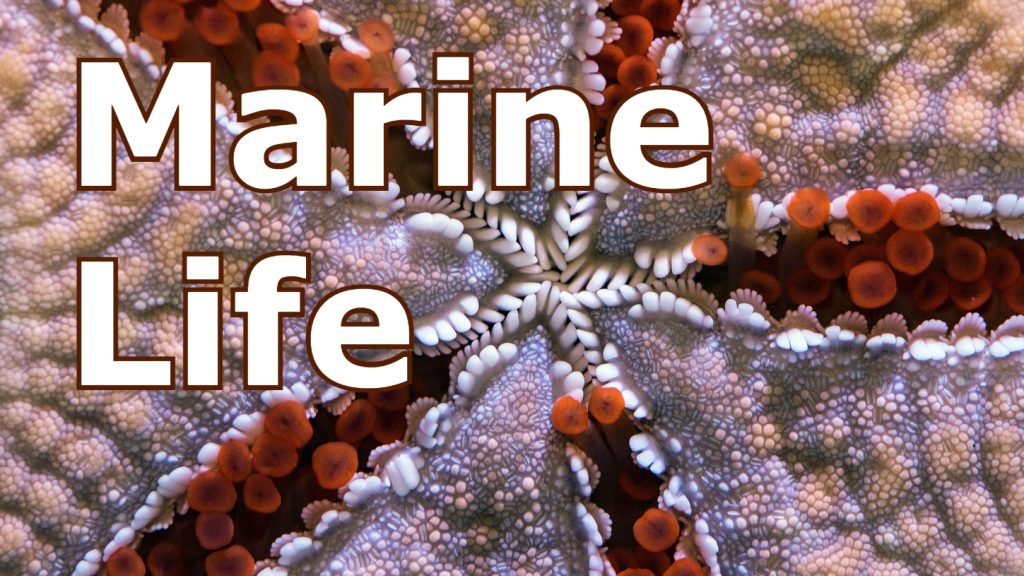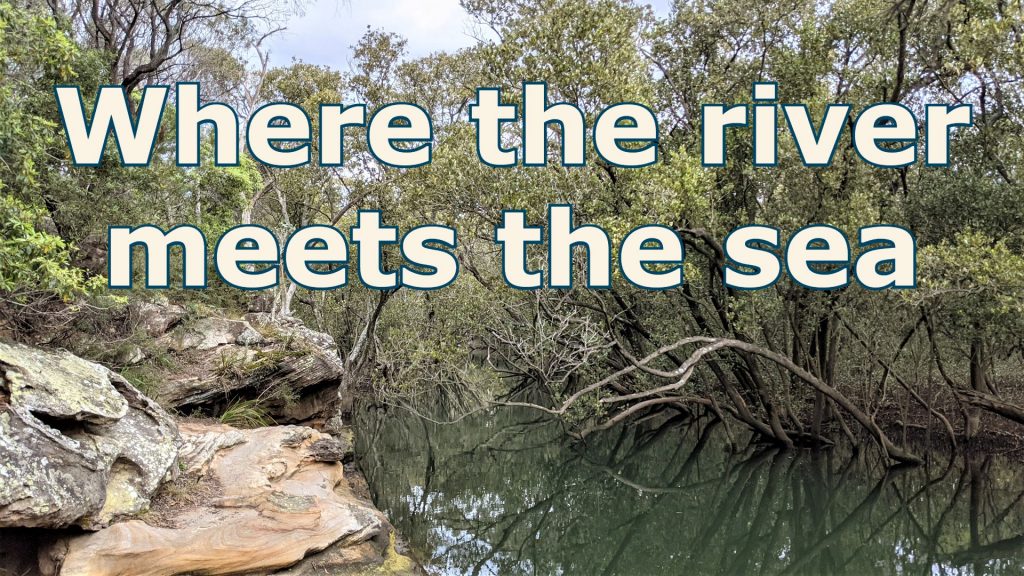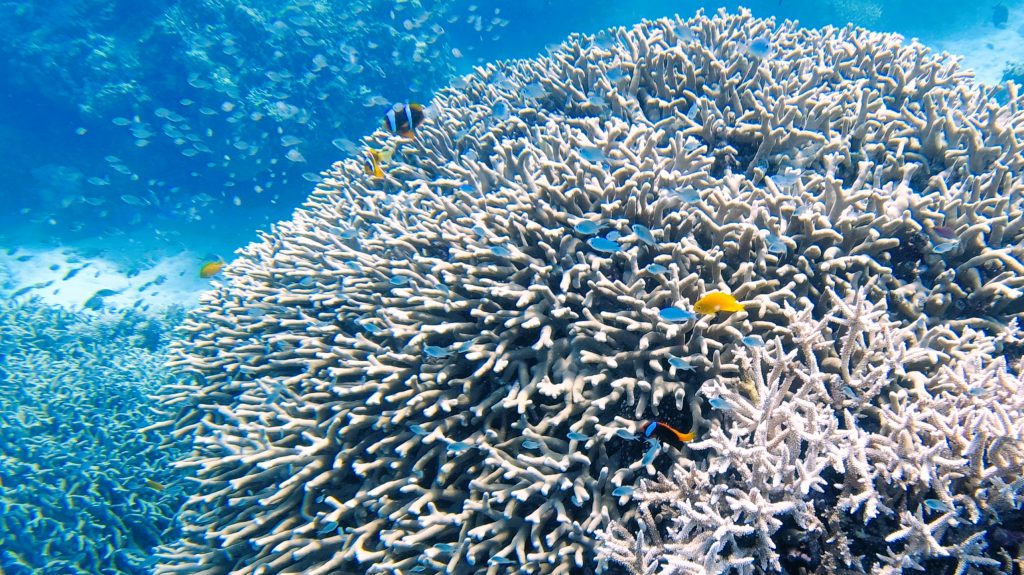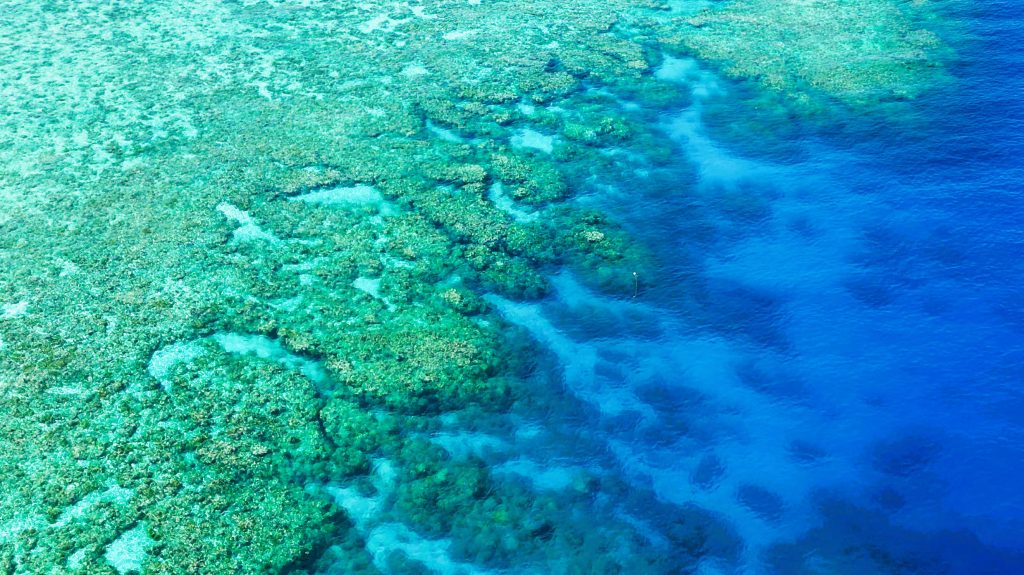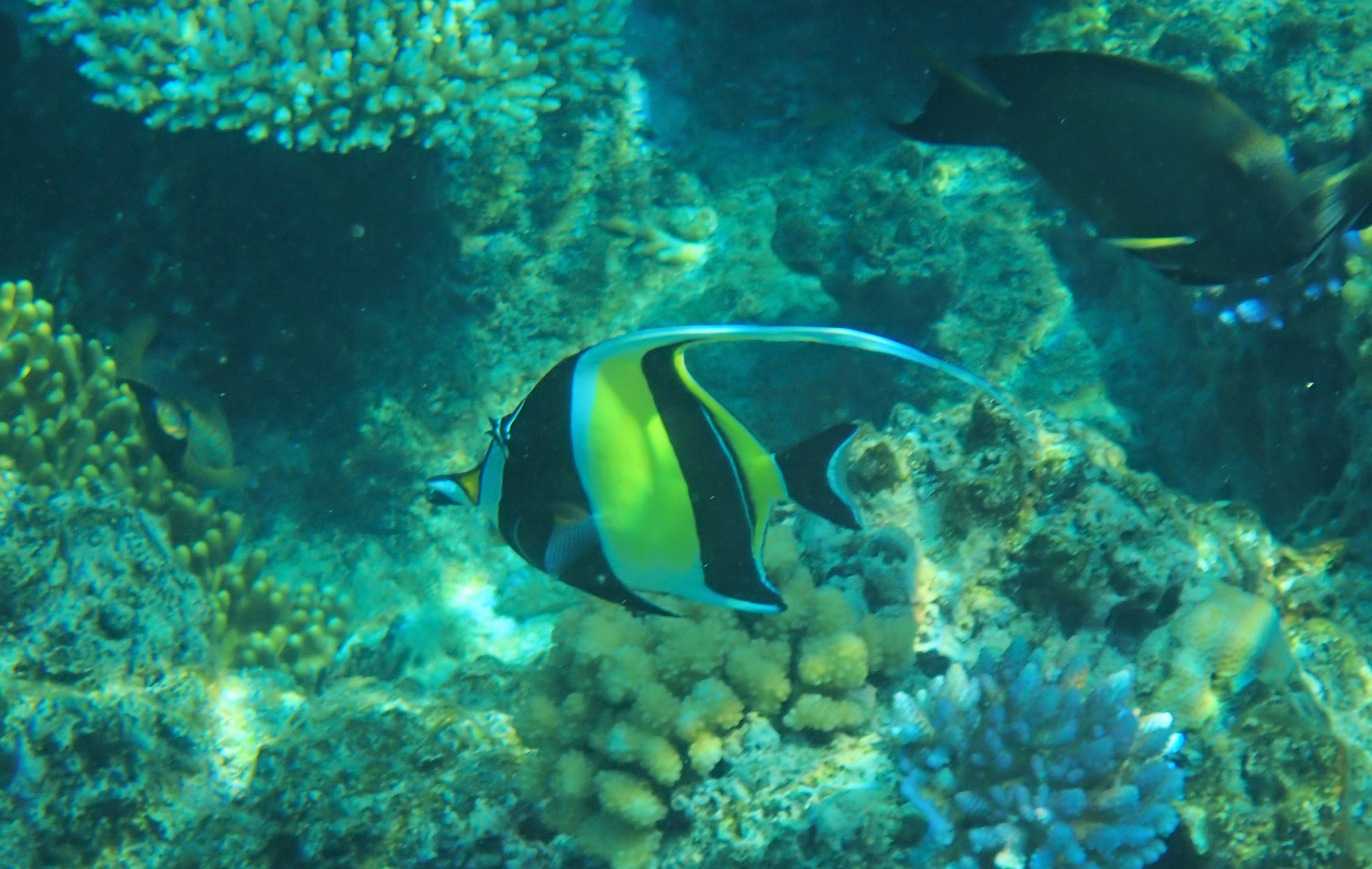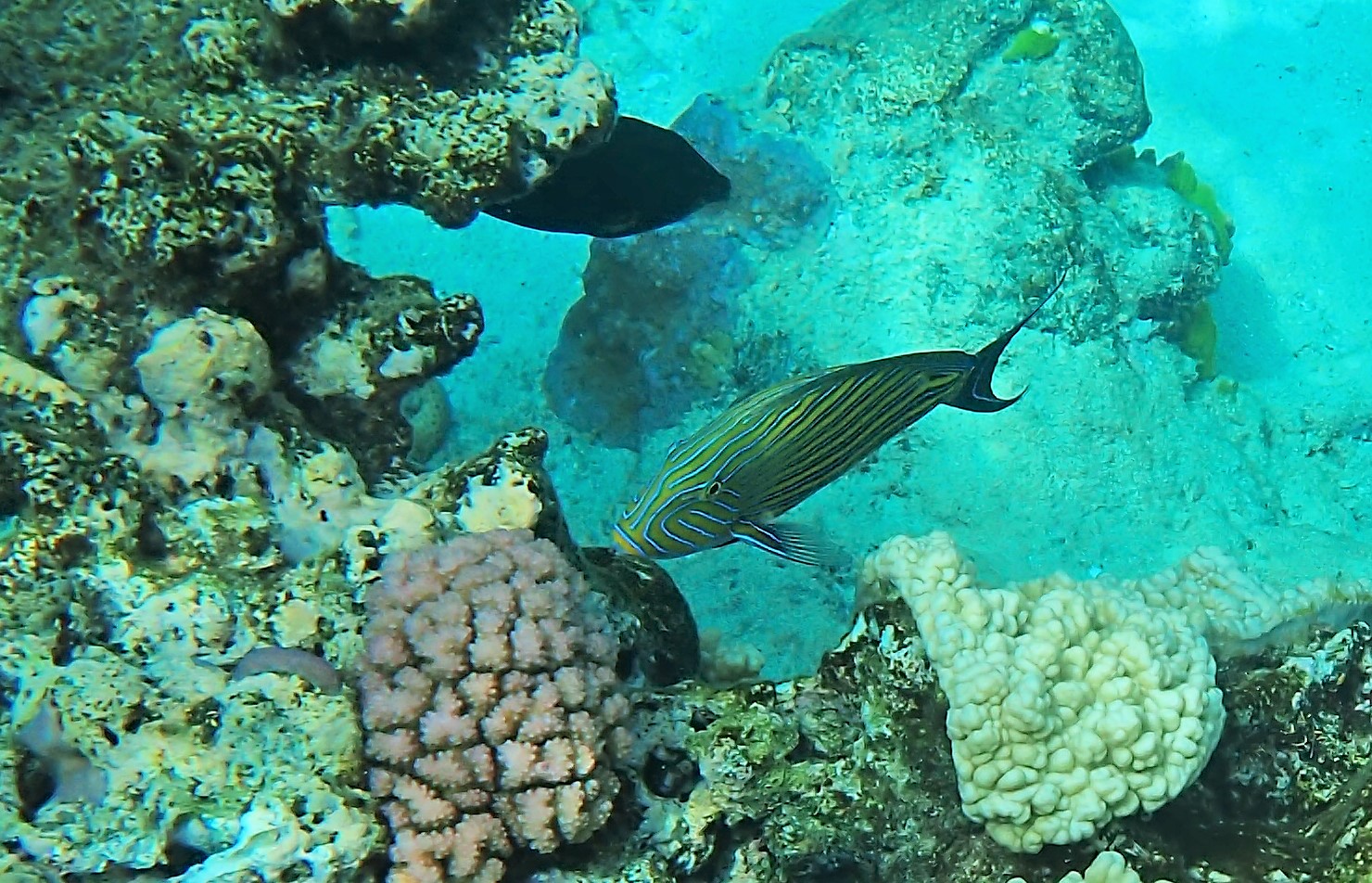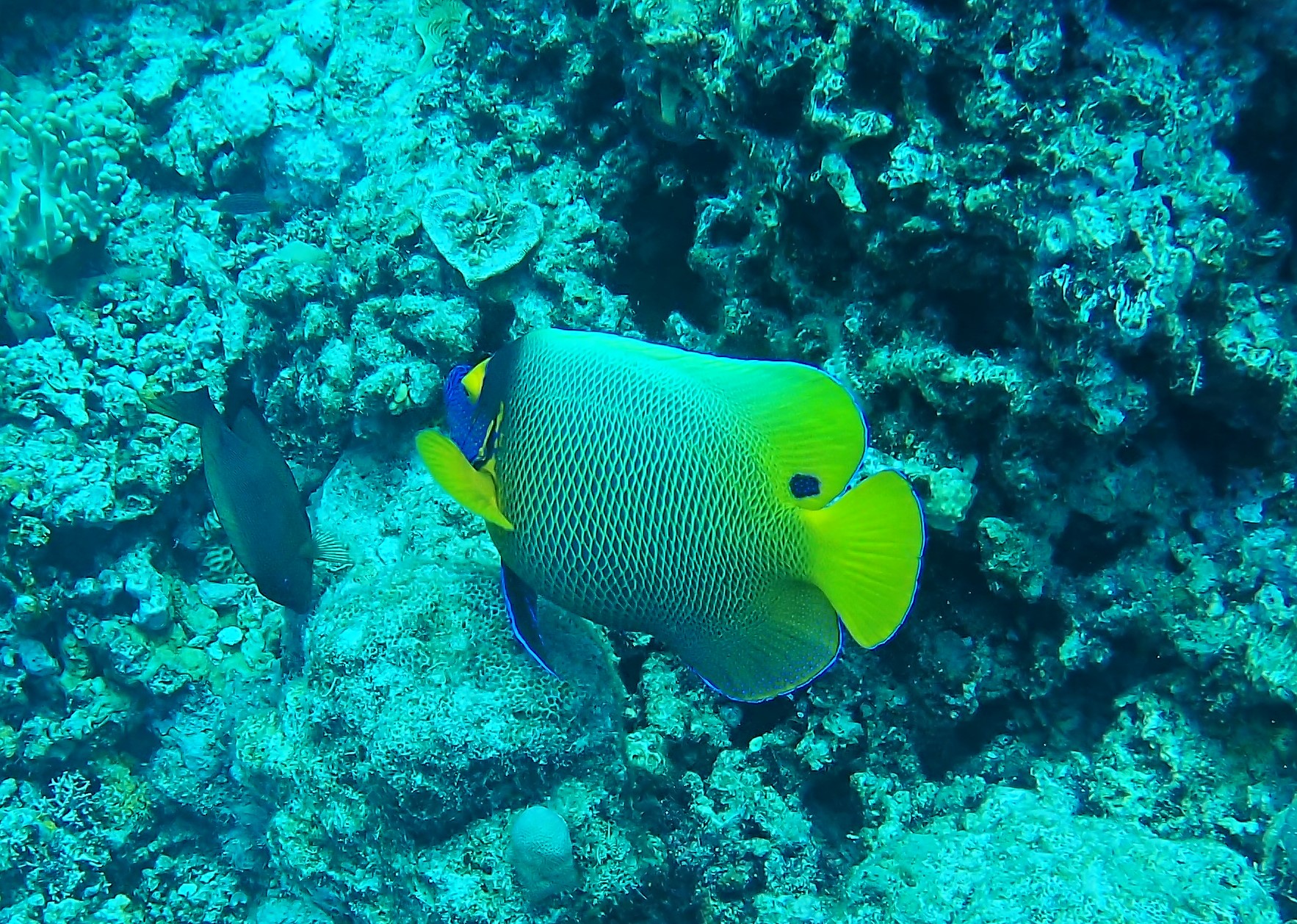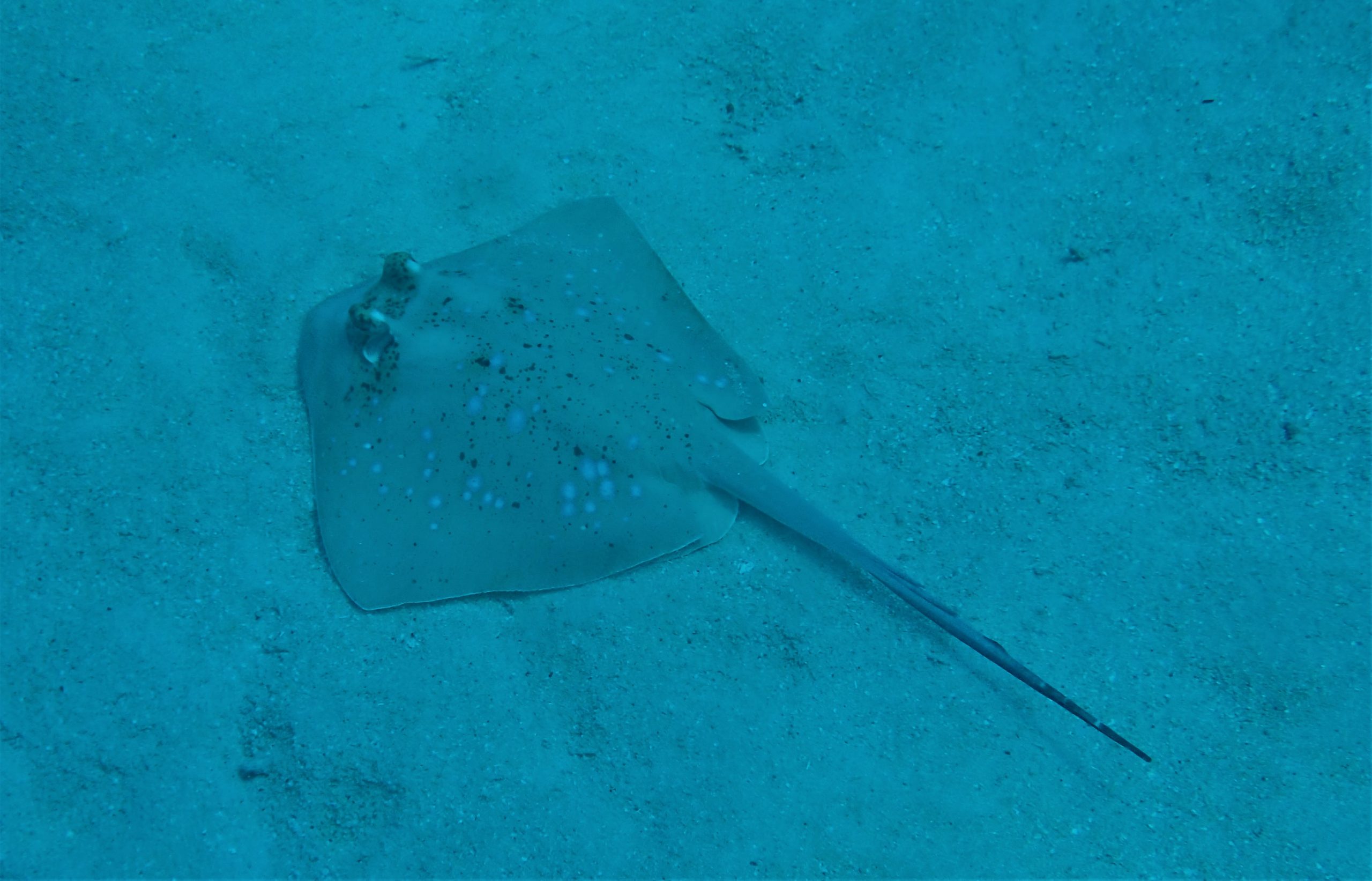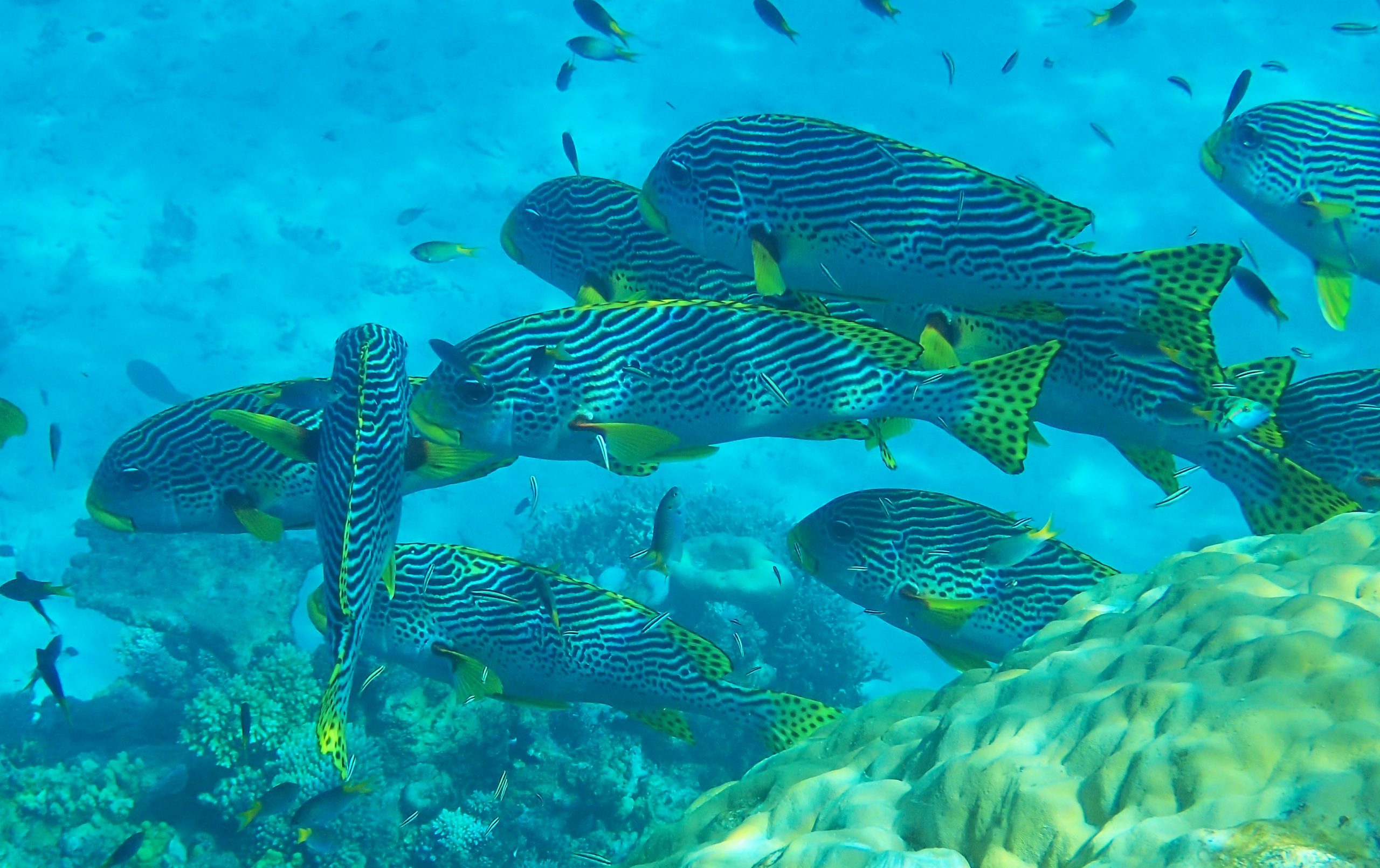There’s nothing quite like that first moment you dive beneath the surface of the water on the Great Barrier Reef. The world above dissolves into a shimmering haze, replaced by a vibrant underwater seascape alive with colour, movement. Every dive feels like entering a space where nature reveals its most intricate stories.
Recently, I had the chance to revisit this incredible living system, and as always, I was struck by the reef’s resilience and fragility. Forests of branching corals, enormous bommies shaped over centuries, curious fish weaving between them. I saw Trigger Fish fiercely protecting their nests, a Parrot Fish chasing it’d prey and a turtle cruising above the coral.
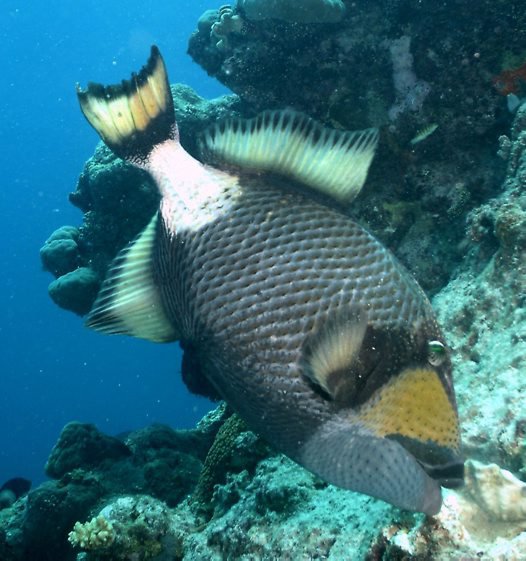
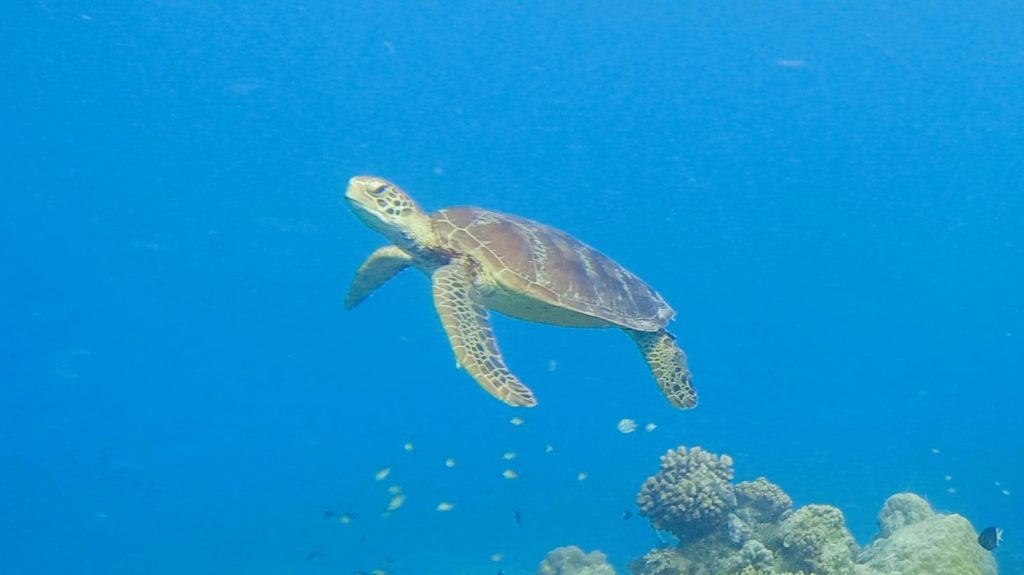
Each moment is a reminder of what’s at stake when it comes to protecting our marine environments. With Coastcare Week coming up this December, it feels like the perfect time to reflect on the role we all play in caring for the coastlines and oceans that define Australia’s identity. The Great Barrier Reef isn’t just a world-renowned natural wonder; it’s a living classroom showing us how interconnected coastal ecosystems truly are.
What Diving Teaches Us About Coastal Care
Scuba diving offers a unique window into the health of marine ecosystems. You see the effects of warming seas on coral colouration. You notice when sediment clouds visibility. You understand how critical seagrass meadows are when you watch juvenile fish sheltering among their blades.
These underwater ideas connect directly to the themes of Coastcare Week:
Every Action Ripples Outward
What happens on land eventually finds its way to the sea. Whether it’s litter, stormwater runoff or land degradation. Divers see the impact of land-based pollution first hand. Coastcare Week reminds us that coastal stewardship doesn’t start at the shoreline; it starts at home.
Local Communities Make a Difference
On the reef, you encounter countless species living together; entire community thriving on balance and cooperation. The same is true for us. Coastcare groups, citizen scientists, Indigenous ranger programs, schools, and volunteers all contribute to healthier coastlines. Every hands-on dune restoration, mangrove planting, or beach clean-up strengthens the wider system.
Education Inspires Action
Understanding leads to caring. The more people experience marine ecosystems; through diving, snorkelling, virtual excursions or classroom learning — the more empowered they become to protect them. Coastcare Week celebrates education as a key to long-term change.
Celebrating Coastcare Week on (and Beyond) the Reef
This December, Coastcare Week encourages all Australians to get involved in protecting the places we love. You don’t need fins or a tank to make a difference—you simply need curiosity, care, and a willingness to act.
Here are a few ideas inspired by my latest dive:
- Join a local Coastcare event—plant native dune species, remove rubbish, or repair coastal erosion areas.
- Learn about your local marine habitats—reefs, seagrasses, mangroves, and rocky shores all play a role in coastal health.
- Support reef-friendly practices—choose sustainable seafood, minimise single-use plastics, and reduce chemical runoff from gardens.
- Engage students and families—share resources, participate in citizen science, or explore marine themes through virtual excursions.
The Great Barrier Reef is an underwater mosaic of connection—each creature, coral colony, and current influencing the next. Coastcare Week is our chance to honour that same sense of connection above the waterline.
When we care for the coast, we care for the reef. And when we care for the reef, we care for our future.

